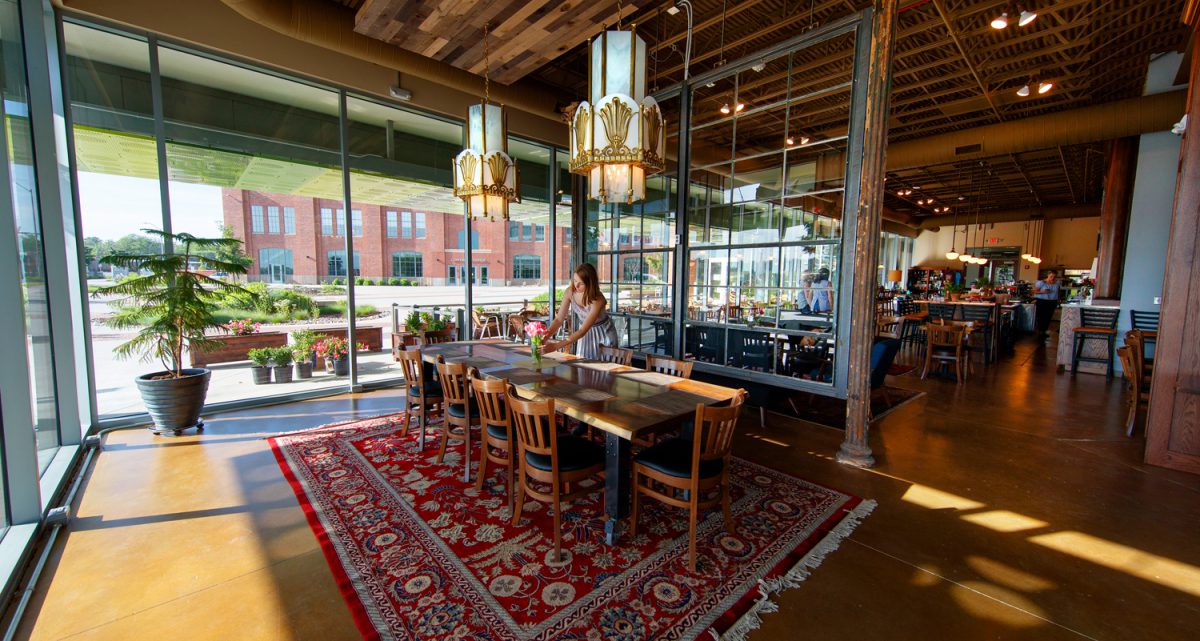Nebraska Innovation Campus Inspires Growth

Nebraska Innovation Campus has become a destination for innovation. Just two years after its grand opening, the public-private research campus is nearing capacity, and expansion is underway to draw entrepreneurs and startups to its world-class facilities.
By fall 2017, Innovation Campus’ current facilities were fully leased, including space in the new Biotech Connector. With companies five years old or less driving a significant portion of U.S. job growth, expansion will enable Innovation Campus to attract entrepreneurs who want to work closely with university faculty and students, said executive director Dan Duncan.
Construction began in July on an 80,000-square-foot multi-tenant building to be completed in 2018. Plans include a business incubator that could house National Science Foundation I-CORPS teams, student startups and community startups. The idea is to create a one-stop shop for resources to support entrepreneurs’ success, including office space and access to mentoring and development programs, Duncan said. NIC is seeking potential partners and funders for this project.
Driving the state’s economic growth is a key goal of Innovation Campus. A recent Bureau of Business Research report showed that the annual economic impact from NIC business development and operations was $139.9 million in fiscal year 2016.
New partners in 2017 are expanding that economic growth. In July, Bolero Information Systems LLC became the first university staff spinoff company to join NIC. Bolero is a web application development and design company specializing in research administration and business process automation.

Adjuvance Technologies Inc., a biopharmaceutical company, announced plans in March to become the first tenant in the Biotech Connector, a research space that offers wet laboratory space for small- and medium-sized companies. Adjuvance holds a Phase II Small Business Innovation Research grant from the National Institutes of Health and will continue development of vaccine adjuvant products at NIC.
Enhancing the campus’ social and cultural vibe is The Mill Coffee & Bistro, a local favorite that opened its third location in June at NIC.
“We are moving forward rapidly. Nothing out here is stagnant.”
Several NIC partners plan to expand in the coming year. Access to faculty expertise, student talent, and equipment and facilities has driven their rapid growth, Duncan said.
“We are moving forward rapidly. Nothing out here is stagnant,” Duncan said. “Even internationally, there is great interest in coming to Nebraska because of Innovation Campus.”
+ Additional content for Nebraska Innovation Campus Inspires Growth
University staff spinoff is latest Nebraska Innovation Campus partner
Innovation Campus welcomes new partner to Biotech Connector